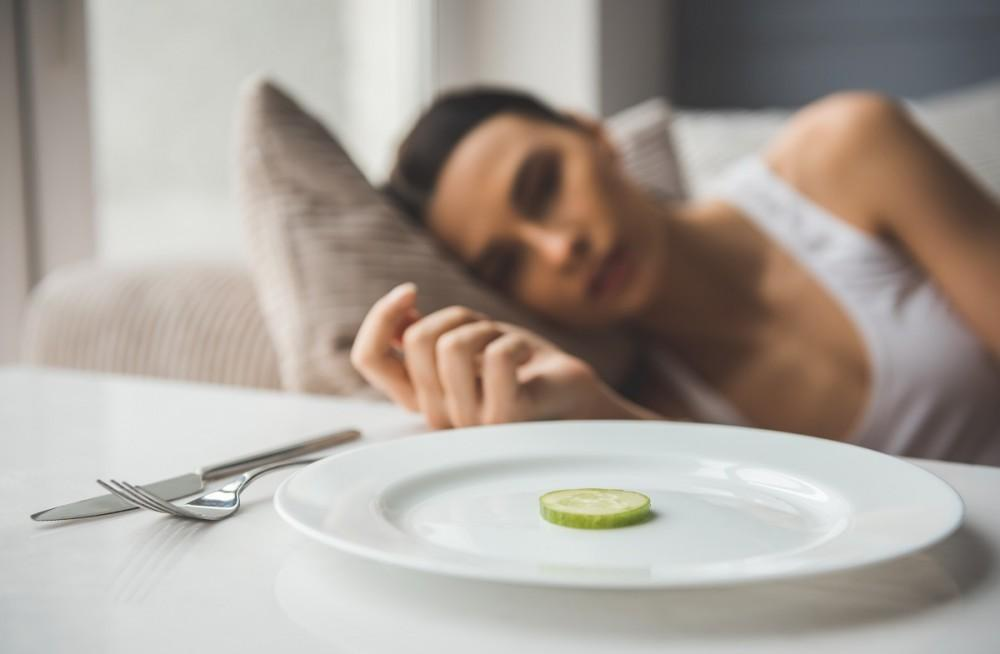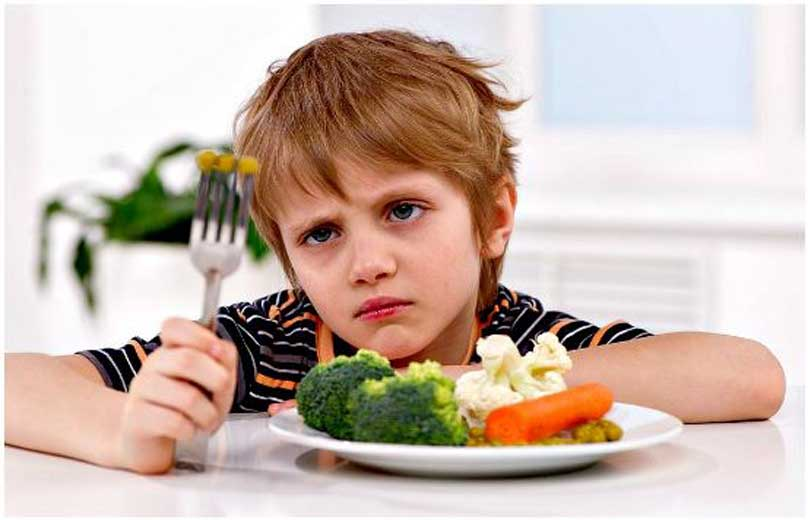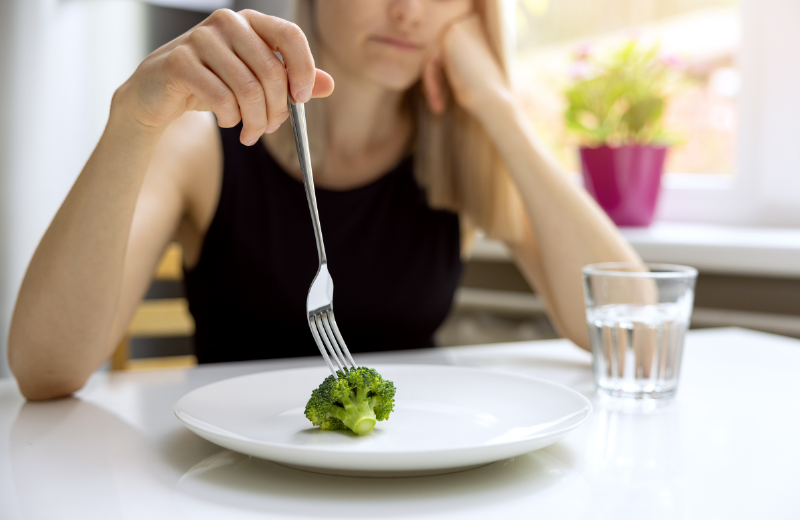Intro: For LGBTQ+ individuals, the relationship between body and identity can become a battlefield—one where eating disorders often emerge as misguided coping mechanisms with devastating consequences.
1:When Your Body Feels Like a Betrayal
Gender dysphoria—the profound distress when physical traits don’t align with gender identity—often fuels a toxic relationship with food and weight. Jamie, a 24-year-old trans man, shares: “Before testosterone, starving myself felt like fighting femininity. My shrinking curves were small victories.” This “body alienation” manifests uniquely:
- Transfeminine individuals may restrict food to maintain slender frames or avoid “masculine” muscle
- Transmasculine individuals might over-exercise to suppress curves or binge to “fill out” a larger frame
- Nonbinary people often describe dissociation: “I’d look in the mirror and see a stranger—controlling food was controlling something“
Unlike typical body image struggles, these behaviors aim to:
- Erase unwanted sexual characteristics (hips, breasts, shoulders)
- Achieve an androgynous appearance through extreme leanness
- Gain perceived “control” amid gender-based discrimination
The cruel irony? Malnutrition actually worsens dysphoria by causing:
- Hair loss (devastating for transfeminine people)
- Loss of muscle tone (distressing for transmasculine individuals)
- Hormonal imbalances that amplify mood swings
2:The Minority Stress Snowball
LGBTQ+ people face overlapping pressures that create perfect conditions for eating disorders:
External Stigma:
- Rejection trauma: 68% of LGBTQ+ youth report being excluded due to identity
- Discrimination: Being denied jobs, housing, or healthcare fuels chronic stress
- “Passing” pressure: “If I’m thin enough, maybe they won’t notice I’m trans”
Internalized Shame:
- Religious trauma (“God hates how I look”)
- Internalized homophobia/transphobia
- Believing “I don’t deserve nourishment”
Community-Specific Triggers:
- Dating app culture prioritizing specific body types
- “Before and after” transition photos reinforcing unrealistic ideals
- Well-meaning but harmful comments (“You look so much better thinner!”)
Alex, a nonbinary lesbian, explains: “At Pride, I felt pressured to be the ‘right kind of fat’—curvy but not bulky, soft but not round. I developed bulimia trying to hit an impossible standard.”
3:The Healthcare Blind Spot
Traditional eating disorder screening often fails sexual minorities because:
Misplaced Focus:
- Asking “Do you feel fat?” ignores gender-specific distress like “Do you feel visible?”
- BMI thresholds don’t account for hormone therapy’s body composition changes
- Treatment plans emphasizing “feminine recovery” (e.g., weight restoration = curves) can retraumatize
Cultural Competency Gaps:
- Clinicians misgendering patients during nutritional counseling
- Group therapy mixing LGBTQ+ individuals with those expressing homophobic views
- Assuming all patients have body goals aligned with cisgender ideals
Invisible Barriers:
- Fear of being “outed” by seeking treatment
- Previous negative experiences with medical providers
- Lack of trans-affirming mental health resources
Maria, a Latina transgender woman, recounts: “My therapist told me to ‘accept my natural body’—but my ‘natural’ body felt like a prison. She didn’t get that my anorexia wasn’t about thinness; it was about vanishing.”
4:Affirmation Over Control: Pathways to Healing
Effective support requires addressing root causes, not just symptoms:
Medical Integration:
- Hormone therapy coordination with nutritionists to prevent muscle wasting/bone loss
- Delaying weight restoration until gender-affirming care is accessible (when needed)
- Recognizing that binding/contouring needs impact meal timing and digestion
Therapeutic Shifts:
- Gender-focused CBT: Challenging thoughts like “Eating will feminize me”
- Body neutrality: “What can your body DO?” vs. “How does it LOOK?”
- Trauma-informed nutrition: “Food as rebellion against those who denied your existence”
Community-Driven Solutions:
- LGBTQ+-specific meal support groups
- “Body mapping” workshops to reconnect with physical sensations
- Celebrating gender euphoria moments (“This meal gave me energy for my voice training!”)
Practical Tools:
- Clothing swaps for gender-affirming outfits during body changes
- “Safe food” lists accounting for sensory issues common in neurodivergent LGBTQ+ people
- Pre-appointment scripts: “My name is ___, my pronouns are ___, please discuss weight neutrally”
Conclusion: Redefining Safety in Our Skin
Healing begins when we recognize that eating disorders in sexual minorities aren’t vanity—they’re survival strategies gone awry. Jamie’s turning point came when his nutritionist said: “Let’s make your body strong enough for top surgery, not starved enough to disappear.”
True recovery means:
- Shifting from body control to body collaboration
- Understanding that gender euphoria (“This shirt makes my chest look flat!”) can coexist with body image work
- Measuring progress in empowerment, not pounds: putting on a binder without dizziness, dancing at Pride without fatigue, taking HRT on a full stomach
As therapist Kai Walters notes: “The goal isn’t for clients to ‘love their bodies’—it’s for them to experience their bodies as trustworthy allies in their gender journey.” When we stop fighting our flesh and start letting it fuel our becoming, nourishment becomes revolution. For in feeding ourselves authentically, we declare: I am worth occupying space exactly as I am.


